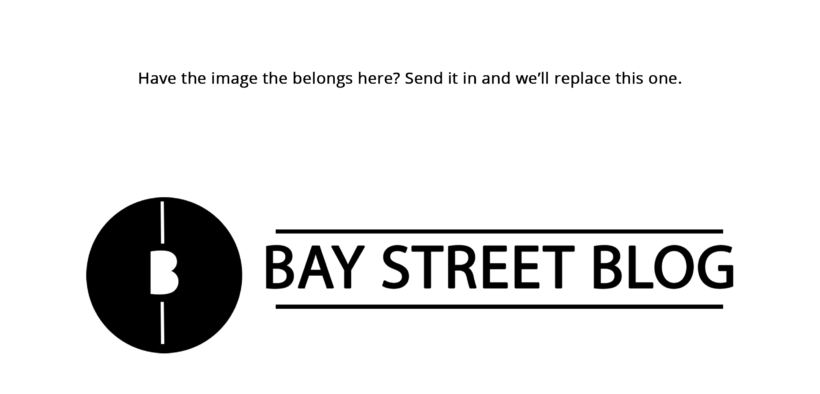How Long Does It Take to Save $1 Million?
Share

By Ratehub.ca
The Barenaked Ladies famously sang “If I Had $1,000,000,” in which they talked about all the things they would buy with that kind of money. Perhaps a more interesting question is, just how do you get to $1 million in the first place, aside, of course, from winning the lottery?
There are a few key variables to consider, when thinking about how quickly you can reach that magic $1 million mark:
- How much you have to begin with
- How often (and how much) you contribute to your investments
- The kind of investments and their rates of return
While you’re free to invest money in a non-registered account, you should definitely take advantage of TFSAs and RRSPs (which are registered accounts). Given that they’re tax-free and tax-deferred, they’re ideal for accumulating assets.
For all the calculations that follow, we’ve used the compound interest calculator found on the Ontario Securities Commission’s GetSmarterAboutMoney.ca website. Just keep in mind that the assumptions we’re making are just that. Particularly with stocks, there are no guarantees, and indeed the markets can go down.
Scenario #1: Aggressive
Let’s imagine that in this scenario, you open a tax-free savings account and are able to put in $40,000 to start because you’ve never had a TFSA and are able take advantage of accumulated contribution room. We’ll also assume that you contribute a further $5,000 every year. And maybe you’re a very aggressive investor so you put all of the money in stocks. If you manage to earn an average of 7% per year from your investments, it will take you just under 33 years to accumulate $1 million.
Scenario #2: More conservative
Here’s a twist on the first scenario. We’ll assume that you still have $40,000 to start with in your TFSA and you make regular $5,000 contributions every year. But, maybe you’re a more of a conservative investor, and rather than just buying stocks you also have some GICs. As a result, perhaps instead of 7% returns annually you only manage 5% given where GIC rates are today. The result? Getting to $1 million will take just under 42 years.
Scenario #3: Very conservative
Here’s a final scenario. Perhaps you’re very conservative and put a very large portion of your money in GICs. Due to this weighting, the overall average annual return of the portfolio is only 3.5%. The end result is that will take almost 53 years to reach $1 million.
Increasing your savings
In the three scenarios above, you’re saving $5,000 per year. What if you doubled that? It’s possible—even in a tax-sheltered manner—because you can make use of both TFSA and RRSP contribution room. Not surprisingly, it means you’ll reach that $1 million goal much quicker. Here’s how it breaks down:
- Scenario #1: About 27 years
- Scenario #2: About 33 years
- Scenario #3: About 40 years
The bottom line
The road to $1 million doesn’t happen overnight. But with steady contributions and the benefit of compound returns, it’s possible to get there. And when you listen to “If I Had $1,000,000,” it won’t be a dream.
Ratehub.ca is a website that compares mortgage rates, credit cards, high-interest savings accounts, chequing accounts, and insurance with the goal to empower Canadians to search smarter and save money.
You May Also Be Interested In: Use This Strategy to Save One Million Dollars in 20 Years
Writer: Jelani Smith
Disclaimer: All investing can potentially be risky. Investing or borrowing can lead into financial losses. All content on Bay Street Blog are solely for educational purposes. All other information are obtained from credible and authoritative references. Bay Street Blog is not responsible for any financial losses from the information provided. When investing or borrowing, always consult with an industry professional.






Bay Street Blog Newsletter
Click here to subscribe for a financial savvy experience.
Please check your email to confirm subscription!